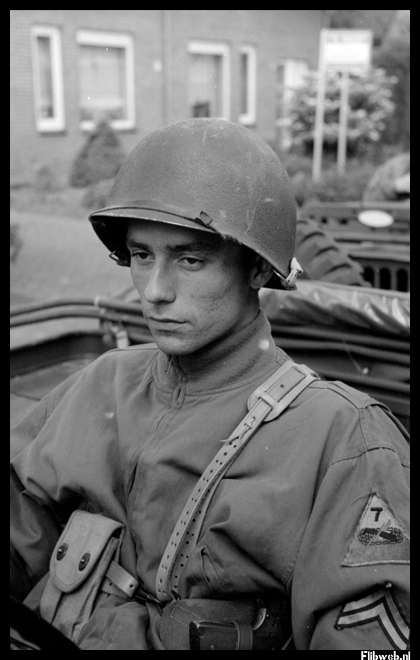The black J-3's were actually considerably cheapened, with a rotating front barrel and very poor lens element centering. They were made while the Soviet optics industry was in a drastic state of decline.
My best Jupi 3s were always black.
They do feel less solid than the silver ones but the glass seems to be better, the coating as well.
I have 2no. of these, one made in '87, one in '85. The '87 one focuses spot on on a Leica but not on a Zorki, the '85 one backfocuses by 5cm on a Leica and is spot on on my Zorki.
They are both considerably sharper than a Jupi 8 at f2, but the '85 one is sharp even at 1.5.
There seems to be enough sample variation amongst them.
In the end, I, too do not find shimming necessary. At close range, on a Leica, simply approach from the left; i.e. make your way from minimum distance to said distance and then go back by say 2mm on the rangefinder patch - that is for a Leica, and for close distances only. Not really necessary far out.
Works everytime, for me anyway.
I did have some of my FSUs shimmed at a point, but because I lacked a digital M which makes it relatively easy, I followed the following practical process (please understand that this is my way, a simple, agricultural but easyish method):
1) Shoot at a measuring tape at say 1m and see where the actual focus point in the print, basically establish how much the lens backfocus is.
2) Aim at 1m distance, see how much the lens distance scale is off. Usually, this is 5cm (i.e. the lens scale shows 1.05m), at least it has been for most of my FSU lenses.
3) Apply electical tape to back of the focusing cam (where it connects with camera roller), one layer will do. Note this works with cameras that have rollers only, FSU bodies will tear the tape as they have another method of following the focusing cam.
4) Aim at same 1m distance and note distance on lens scale. I have found out that 1 layer of electrical tape will add 3-4cm to the distance scale. So basically, you add 3-4 cm backfocus to the rangefinder, so next time you shoot your rangefinder will aim further back, thus catching up with the lens inherent backfocus. I hope that made sense.
5) Shoot with said measuring tape, see how it goes with backfocusing.
6) Add second layer of tape if not happy with 1st attempt. If it gets too far to the front it means the layers are too thick, maybe try other tape (sellotape etc).
You now have 2 options:
a) You keep the layer(s) of tape on the cam. It does throw infinity aim off (i.e. the image will not coincide at infinity as the distance you added by the layers corresponds to 10+ meters when the lens is nearing infinity). You effectively are adding backward travel to the lens to adjust for the backfocus. The rangefinder arm gets pushed back more thus catching up with backfocus. Bloody hell I am having real trouble explaining this.
b) Remove tape from back of lens, open front part of lens and apply said layers of tape on the shim. Use a scalpel and the shim to cut patterns. Note aperture alignment and add new dot on lens barrel to make up for the deviation.
In the end, I found that all this fuss is not worth it. Just find out how much your lens backfocuses and next time apply suitable correction. 1 roll and it becomes second nature.
There are so many lenses out there that have focus shift, just treat it like you would a 35/1.4 nokton etc.





